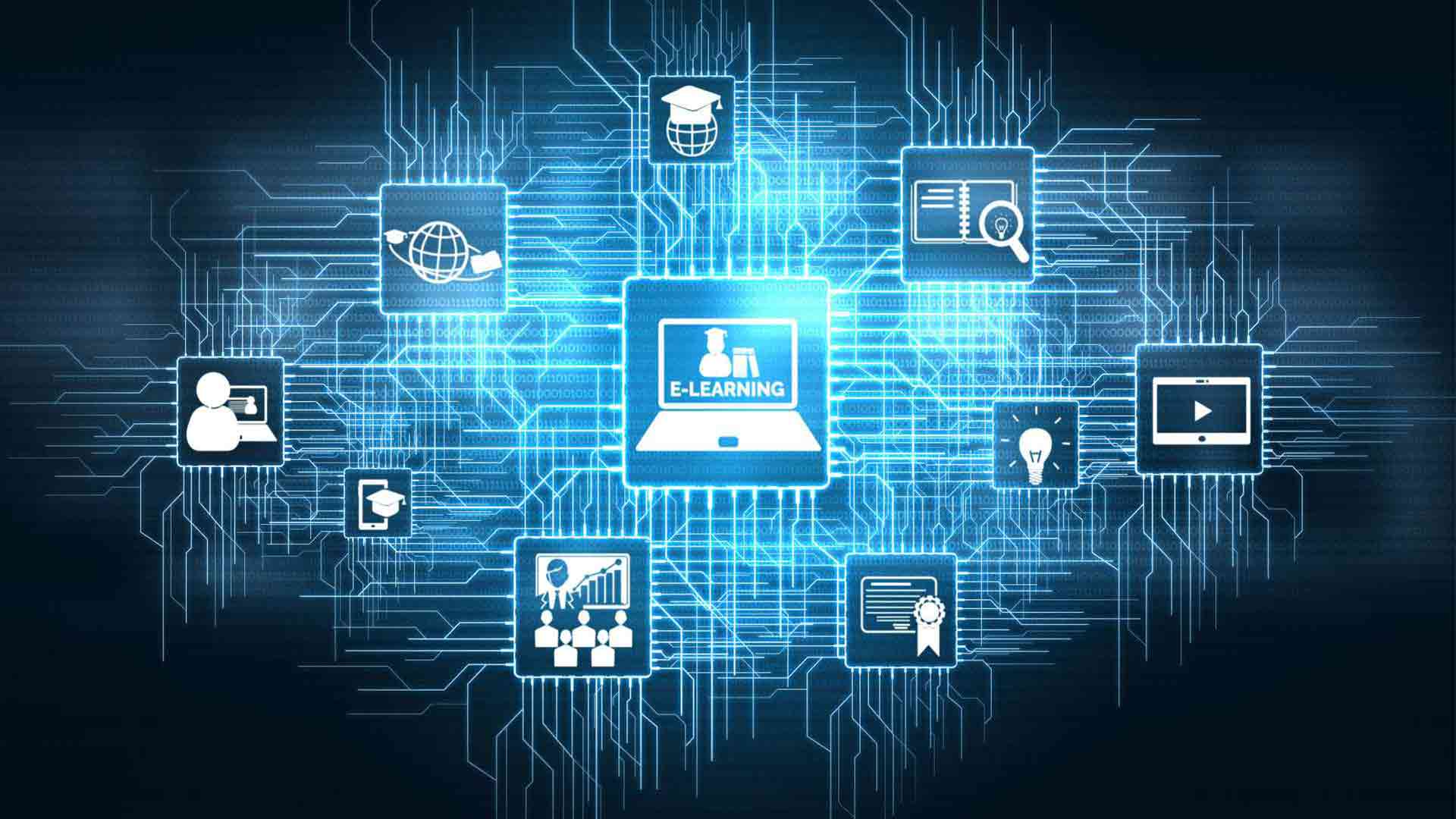Learning Everest regularly publishes articles on Learning needs which are information rich and provides the readers opportunity to ask questions. If you want us to assist your organization to identify the learning needs of your employees and to help create a learning glidepath for your organization, please feel to schedule a meeting to discuss your learning requirements.
Exploring the What, Why, and How of Diversity and Inclusion in the Workplace
Diversity and Inclusion in the workplace are the driving factors that guide an organization toward achieving fair and equal workforce representation. Diversity and inclusion in the workplace promote employees' sense of belonging, encompassing a global culture embracing differences. If you are looking for insights on what diversity and inclusion in the workplace are, why it is crucial to implement them, and how to foster a culture of diversity and inclusion in the workplace, carry on reading!











